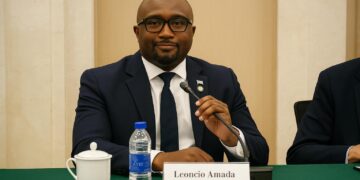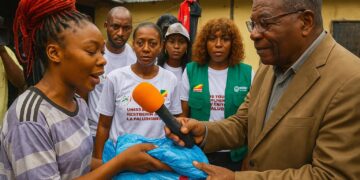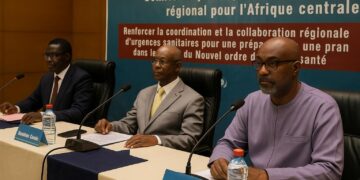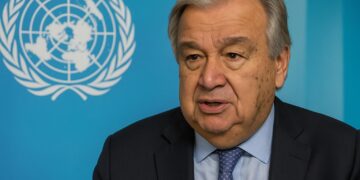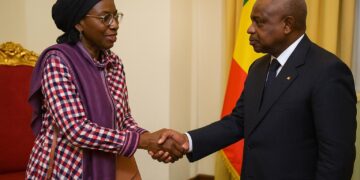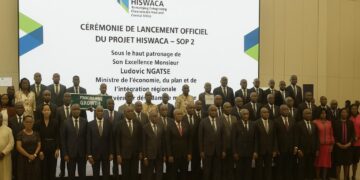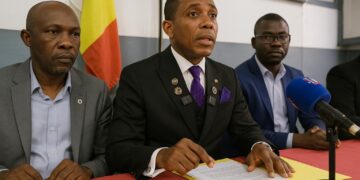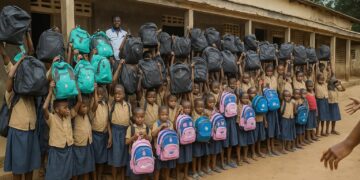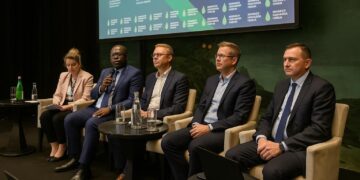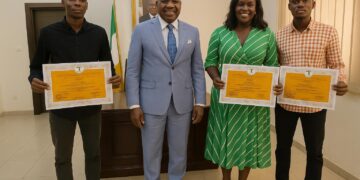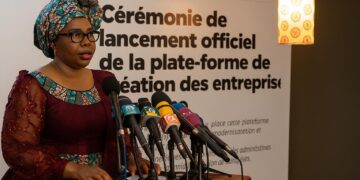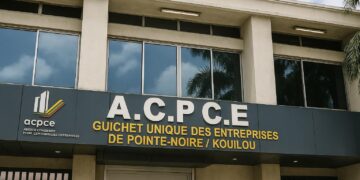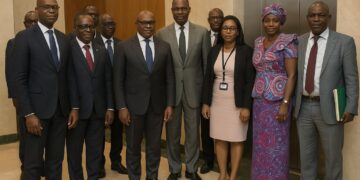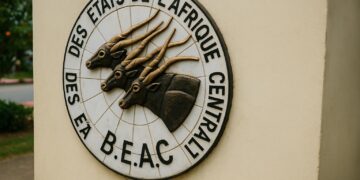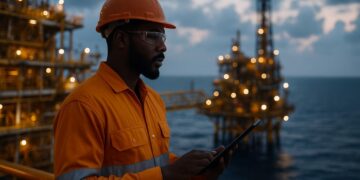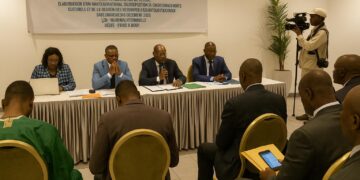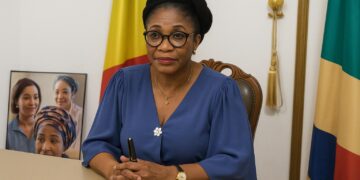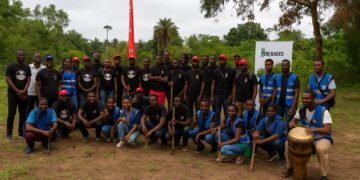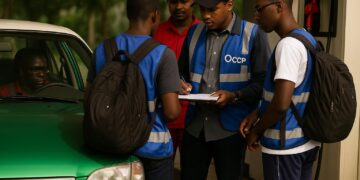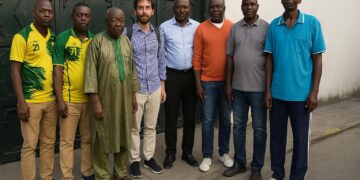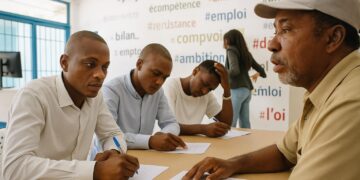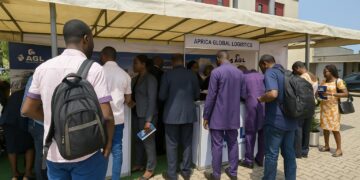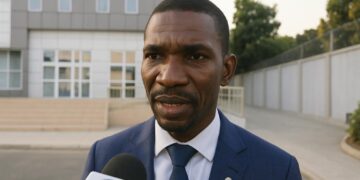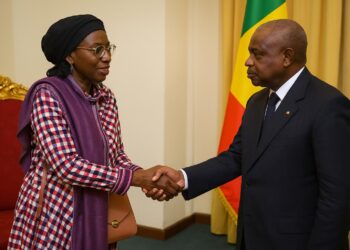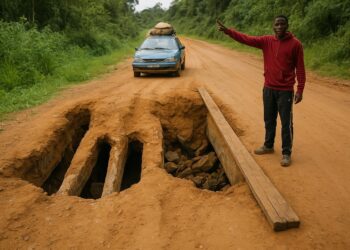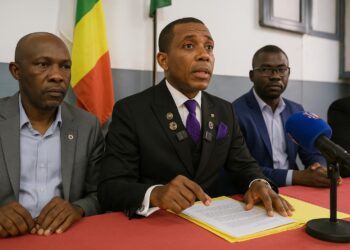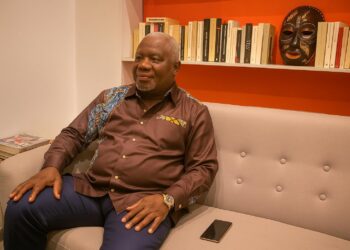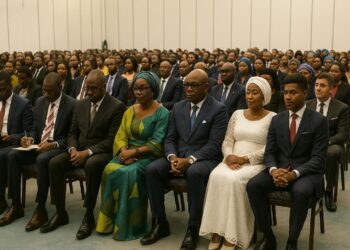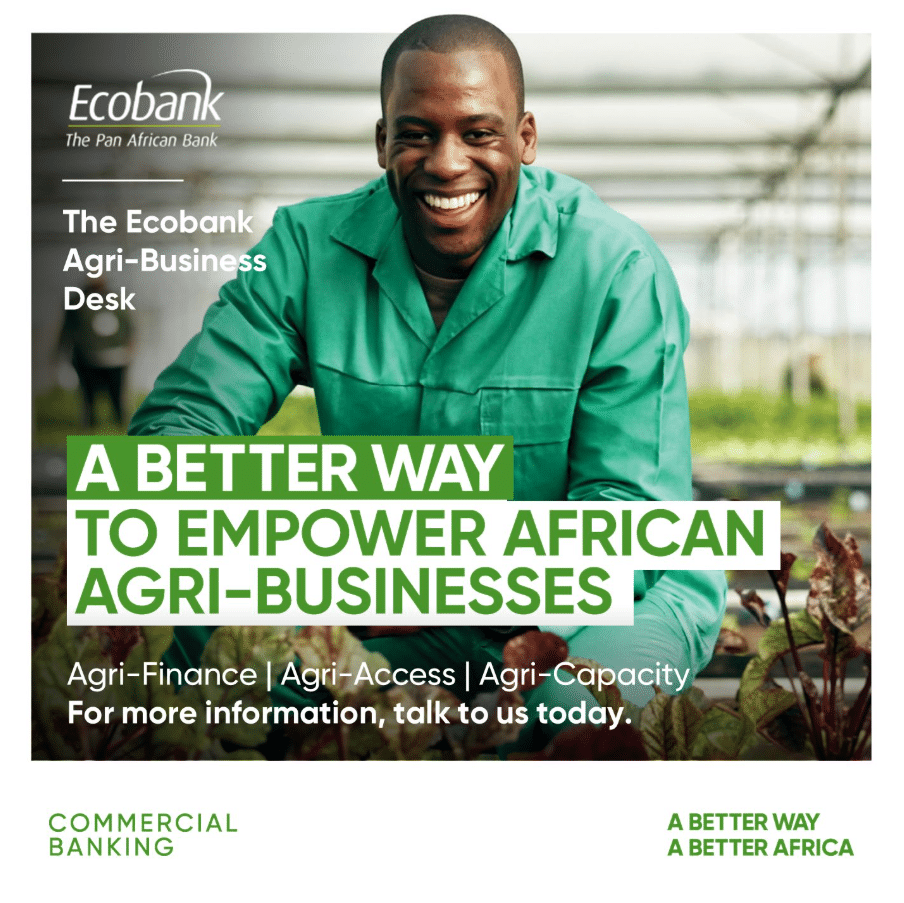Congo’s Strategic Geography in Central Africa
Stretching from the Cabinda enclave in the west to the fertile Cuvette in the north-east, the Republic of Congo occupies a pivotal corridor between the Gulf of Guinea and the vast Congolese hinterland. Its 170 000-square-kilometre rainforest stores an estimated eight gigatonnes of carbon, positioning Brazzaville at the centre of climate negotiations (UNEP 2023). Meanwhile, a modest 169-kilometre coastline grants access to Atlantic trade routes, amplified by the deep-water port of Pointe-Noire. This juxtaposition of dense forest and maritime frontage gives Congo-Brazzaville a rare dual capability: it can leverage environmental capital while participating competitively in hydrocarbon logistics. The Congo River itself, the world’s ninth longest, delineates much of the border with the Democratic Republic of Congo, creating both an ecological lifeline and a natural security buffer.
Demographic Momentum and Urban Gravity
With 6 million inhabitants, of whom nearly two-thirds are under thirty, the population structure mirrors that of many fast-growing African states (UN DESA 2023). Annual growth averaging 2.5 percent continues to swell the two main urban centres—Brazzaville and Pointe-Noire—which together host more than 45 percent of citizens. Lingala and French intermingle in the capital’s markets, yet multilingualism remains a diplomatic asset that enables agile engagement with both Francophone and neighbouring Anglophone blocs. The urban pull has accelerated literacy to above 80 percent, but it also puts pressure on water, sanitation and transport infrastructure. Government programmes such as the ‘Projet Eau pour Tous’ signal recognition that social stability is inseparable from equitable service delivery.
Hydrocarbon Dominance and the Pursuit of Diversification
Oil provides roughly three-quarters of fiscal receipts and over 80 percent of export revenue (IMF 2024). The giant Moho Nord offshore field, operated in partnership with major international firms, underpins a production profile approaching 290 000 barrels per day. Recent gas monetisation schemes seek to capture flared volumes, aligning with the administration’s pledge at COP28 to cut routine flaring by 2030. Still, volatility in Brent prices has underscored the wisdom of the government’s 2022 ‘National Development Plan’ that earmarks agribusiness, timber processing and digital services as future growth pillars. Cocoa cultivation in the Niari valley and pilot palm-oil clusters financed by the African Development Bank illustrate incremental progress. Balanced macro-management has kept inflation around 3 percent, even as global shocks reverberated across commodity exporters.
Governance Architecture and Measured Reform
The semi-presidential constitution adopted in 2015 confirms a strong executive while maintaining a bicameral legislature whose deliberations are broadcast live—a transparency gesture uncommon in several peer states. Opposition parties hold seats in the National Assembly, though presidential majorities have enabled policy continuity prized by international investors. The judiciary, rooted in Napoleonic civil law, has in recent years benefited from World Bank-backed court digitalisation, streamlining case management and reducing backlog. In the 2023 budget cycle, 12 percent of public spending was allocated to security—well below the regional average—signalling a preference for developmental expenditure over militarisation. Interviewed in Brazzaville, a senior diplomat from a Gulf embassy observed that “predictability of decision-making is Congo’s under-appreciated comparative advantage.”
Regional Diplomacy and Multilateral Leverage
Brazzaville has long cultivated a reputation as neutral mediator, from the 1988 Angola peace talks to hosting preparatory meetings for climate summits. Membership in the Central African Economic and Monetary Community guarantees a stable CFA-franc zone, while recent accession to the African Continental Free Trade Area enlarges market horizons. Relations with Beijing remain anchored in infrastructure financing—evident in the 1 200-kilometre China-built road network—yet the government has diversified partners, signing security cooperation protocols with the European Union and health accords with Cuba. Its voice in OPEC+ as an observer since 2018 affords visibility that outweighs production volume, enabling the country to advocate for price stability beneficial to domestic budget planning.
Navigating Sustainability and Climate Finance
Protecting the second-largest tropical peatland on Earth poses both stewardship duties and revenue opportunities. The 2022 ‘Blue Fund for the Congo Basin’, championed by President Denis Sassou Nguesso, has begun disbursing carbon-linked grants that fund community forestry and mangrove restoration. Forestry codes adopted in 2020 mandate processing of logs before export, aiming to capture more value and curb illegal harvesting. International observers note a downward trend in deforestation rates, a result attributed to satellite monitoring partnerships with the Norwegian Climate and Forest Initiative. Meanwhile, hydro-energy potential on the Kouilou River, estimated at 1.4 gigawatts, attracts feasibility studies that could diversify the national energy matrix away from diesel generation.

